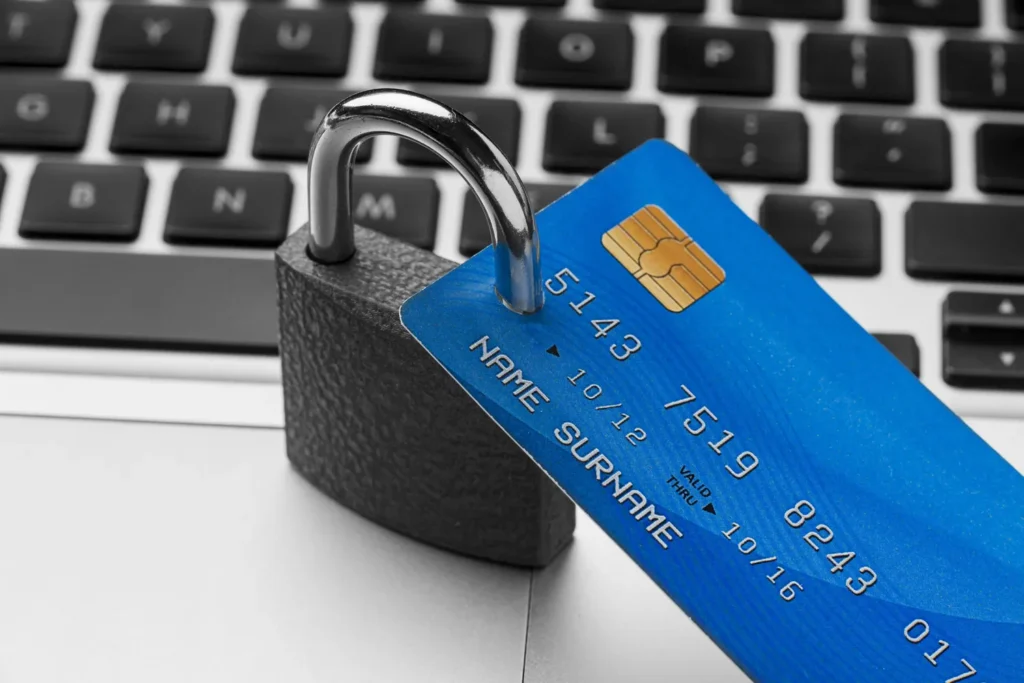Protecting an E‑Commerce Site from Fraud & Data Theft
Secure Your Store. Safeguard Your Customers.
Why Security Is No Longer Optional for Online Stores
With the booming rise of online retail, e-commerce platforms have become prime targets for cybercriminals. From SQL injections and data theft to account takeovers and payment fraud, the attack surface is wide—and the stakes are high. A breach can erode customer trust, damage your brand, and entangle you in legal liabilities.
This guide outlines essential strategies for safeguarding your online store and customer information, reinforcing your brand’s reliability and protecting your bottom line.


Data Encryption with HTTPS
To protect sensitive customer data—such as personal info and payment details—you must encrypt the connections between your website and its users. HTTPS ensures that data transmitted via your site remains secure, which is vital for maintaining PCI DSS compliance and Google ranking.
Ensure every page uses HTTPS by:
Installing a TLS 1.2 (+) certificate.
Enabling HTTP-to-HTTPS redirects site-wide.
Enforcing HSTS (HTTP Strict Transport Security) in your server configuration.
According to PCI DSS guidelines, strong encryption of transmitted data is a non-negotiable requirement
Secure Payment & Fraud Prevention
Credit card fraud continues to be a top concern. Protect your site by:
Using a checkout system that complies with PCI DSS standards.
Implementing 3-D Secure for fraud mitigation.
Flagging suspicious transactions—such as mismatched billing and shipping addresses—for further review.
Kount emphasizes the importance of PCI compliance and up-to-date payment systems in preventing fraud

Why use AI for threat detection?

Defend Against DDoS & Intrusions
DDoS attacks can cripple your store in minutes, disrupting sales and overshadowing more insidious data theft.

Update Platforms & Plugins Consistently
E-commerce software like WooCommerce, Magento, or PrestaShop must be kept current. Hackers often target outdated plugins or themes to inject malicious code or gain admin access.
Minimize Customer Data Exposure
Avoid the unnecessary storage of sensitive data like card numbers or CVV codes. Instead, adopt tokenized or redirection-based payment solutions.
Point-to-point encryption (P2PE) devices and tokenization can protect payment data from theft or exposure
Conduct Regular Security Audits
Routine security assessments are essential to spot overlooked vulnerabilities. Use tools like OWASP ZAP—a trusted free scanner—to conduct penetration tests.
OWASP ZAP effectively detects SQL injections, XSS flaws, and other web vulnerabilities
Train Your Team on Cyber Awareness
Human error remains the leading cause of breaches. To reduce risks:
Provide ongoing training on phishing, malware, and social engineering.
Simulate phishing emails to test vigilance.
Enforce secure access practices and tools across all staff levels.
Follow FTC guidelines on cybersecurity for SMBs

Launch with Confidence
Interested in a layered security solution to protect your customers and operations?
By embedding these measures into your setup, you build a trustworthy and secure experience:
Encrypted connections protect user data in transit.
PCI-compliant payment flows minimize fraud.
WAFs and DDoS protection keep services uninterrupted.
Proactive auditing uncovers vulnerabilities early.
Organizational security culture guards against insider and human error.